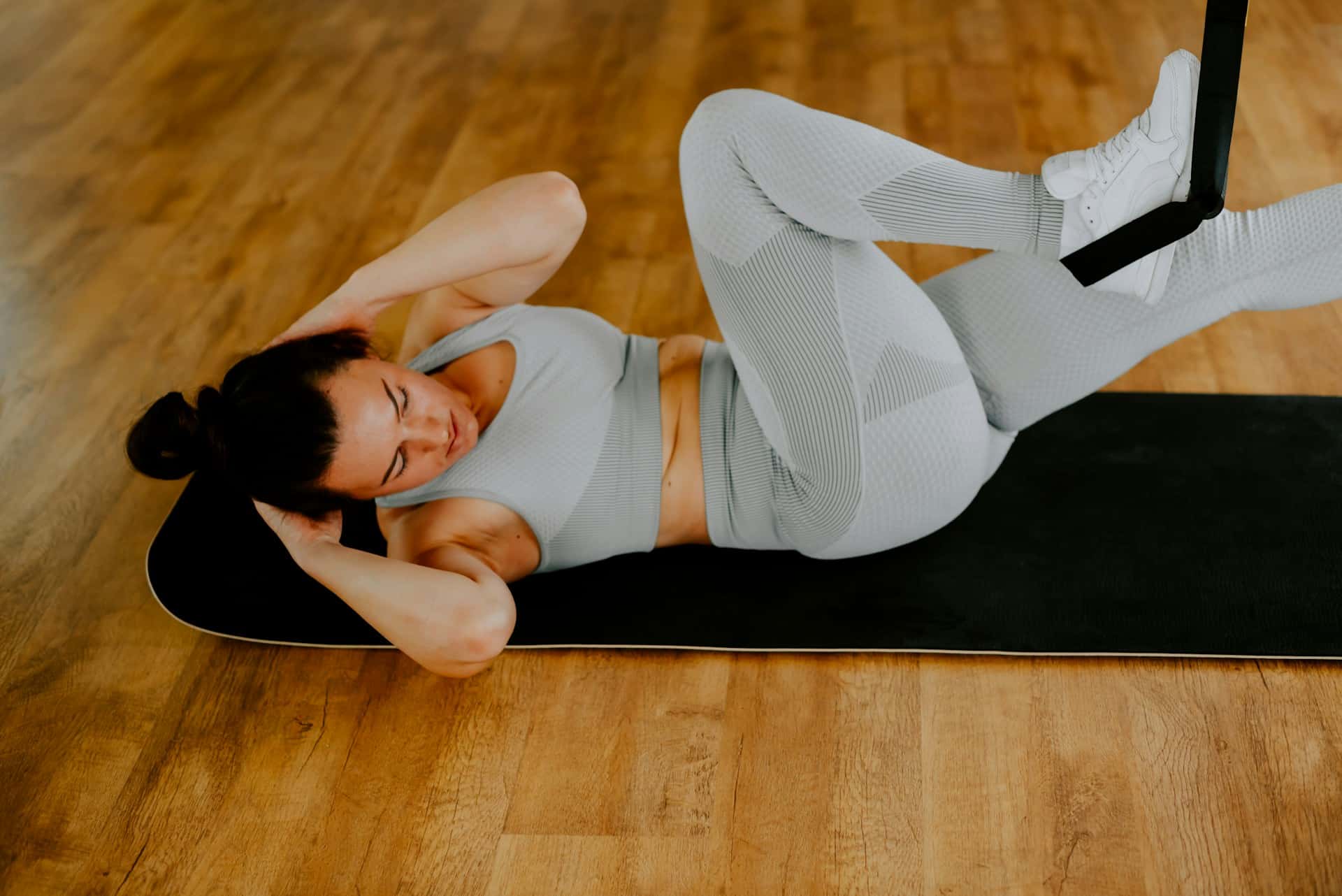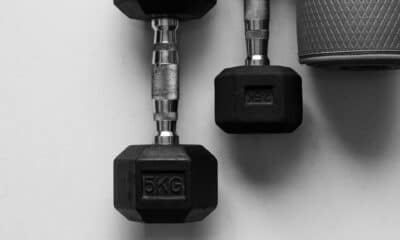Transform Your Sleep: Discover This Quick Bedtime Pelvic Floor Routine for Deeper Rest
Struggling to drift off or stay asleep? You’re not alone. Many of us toss and turn at night, searching for that elusive peace that grants us true rest. While general advice like “just take deep breaths” can be a starting point, it often overlooks a crucial factor: the tension in your pelvic floor.
“Your pelvic floor, breathing, and sleep quality are all interconnected in ways that might surprise you,” explains Alyssa Burkitt, DPT, a pelvic floor physical therapist at Bespoke Physical Therapy in San Diego. It turns out that genuine relaxation isn’t just about deep breathing. It involves syncing your breath with your body, especially the pelvic floor, which plays a pivotal role.
Incorporating a simple 10-minute pelvic floor routine into your evening can help you release tension and prepare your mind and body for restorative sleep—right from the comfort of your own bed.
—
### How can pelvic floor exercises help you sleep?
Ever notice how your shoulders rise when you’re feeling anxious? Your pelvic floor muscles react similarly. These muscles sit at the base of your pelvis and can tighten under stress, which throws your whole body out of whack. Why does this happen? Because your pelvic floor is a significant player in your body’s “core system,” working in harmony with your diaphragm (your primary breathing muscle) and deep abdominal muscles. When one element of this trio is off, the others have to bear the strain.
The fascinating part? Your pelvic floor actually moves in sync with your breath. “When you inhale, these muscles gently lengthen. As you exhale, they naturally lift,” Burkitt notes. However, stress, poor posture, and everyday habits can interrupt this flow, making it more challenging for your body to unwind—an essential factor for falling and staying asleep.
That’s where pelvic floor exercises come into play. Simple movements that release this tension and reconnect your breath to your body can help restore balance. The end goal? Muscles that feel relaxed and ready for rest, laying the groundwork for a better night’s sleep.
Not sure if you might have a tight pelvic floor? Look out for these signs as indicators:
– Difficulty fully relaxing at night
– Frequent urges to use the bathroom
– Lower back tension
– Challenges when trying to take deep breaths
– General feelings of tightness in your pelvis
> “Your pelvic floor, breathing, and sleep quality are all connected in ways that might surprise you.” — Alyssa Burkitt, DPT
—
### A 10-minute pelvic floor routine for better sleep
Crafted by Burkitt, this evidence-backed 10-minute pre-sleep routine marries muscle relaxation, breathing techniques, and optimal sleep positions to ease your pelvic floor tension and help your body find its natural rhythm.
Before you dive in, keep these pointers in mind:
– Prioritize your breath. Burkitt emphasizes that breathing is “the foundation of relaxation.”
– Tune into what your body is saying. “These movements should feel gentle,” she advises. “If something doesn’t feel right, don’t hesitate to skip it.”
#### 1. Diaphragmatic breathing reset
“Your diaphragm and pelvic floor are movement partners,” Burkitt explains. This breathing exercise will help you coordinate both to pave the way for better sleep.
1. Lie on your back with your knees bent and feet flat on the bed. Place one hand on your lower ribs and the other on your belly.
2. Inhale through your nose, focusing on expanding your rib cage in all directions. Picture your torso as a cylinder filling with air from every angle.
3. As you exhale through your mouth, feel your ribs soften and relax.
4. Pay attention to how your pelvic floor gently moves with each breath.
5. Continue this breathing pattern for about 2-3 minutes.
#### 2. 360° breathing expansion
“This technique helps release tension in your diaphragm, which can directly impact pelvic floor tension,” says Burkitt.
1. Again, lie on your back with knees bent, placing your hands on the sides of your rib cage.
2. Inhale, directing your breath into the sides and back of your ribs as if your rib cage were opening like an umbrella. Keep your shoulders relaxed.
3. Keep going for 1-2 minutes.
#### 3. Happy baby hip release
Did you know your hip mobility and pelvic floor tension are closely linked? This position utilizes gravity to promote relaxation in the hip region.
1. Lie on your back and pull your knees towards your chest.
2. Grasp the outside of your lower legs or the backs of your thighs.
3. Without lifting your low back off the bed, gently rock side to side, allowing your hips to feel heavy.
4. Continue this gentle rocking for 2 minutes.
#### 4. Pelvic clock mapping
Think of this exercise as a way to connect your mind and body to your pelvic floor, helping to identify and release tension.
1. Lie on your back with knees bent and feet flat.
2. Visualize a clock on your pelvis: consider 12 o’clock as your belly button and 6 o’clock as your pubic bone.
3. Gently trace small circles around your “clock,” identifying tight spots along the way.
4. Gradually make your circles smaller.
5. Continue for 2 minutes.
#### 5. Optimal sleep position
“This position supports proper alignment of your pelvis, allowing optimal breathing during sleep,” Burkitt says.
1. Lie on your back with knees bent, then roll to your side.
2. Place a pillow between your knees to keep your spine aligned, and use a small pillow to support your waist if needed.
3. Take deep breaths, imagining your abdomen expanding in all directions.
4. Continue for 2-3 minutes.
—
### When to see a physical therapist
If you’ve tried these exercises and still experience persistent pelvic tightness, it might be time to reach out to a pelvic floor physical therapist. These professionals specialize in diagnosing and treating pelvic issues, and seeking their expertise could really help.
Burkitt suggests consulting a pelvic floor physical therapist if you:
– Suffer from ongoing pelvic pain
– Have issues with bladder control
– Experience persistent tension that refuses to release
– Notice these challenges affecting your daily life
Websites like PelvicRehab.com and the Academy of Pelvic Health Physical Therapy can connect you with qualified specialists in your area. Remember, prioritizing your pelvic health is not just about physical well-being; it’s about nurturing every part of your body, laying the groundwork for restful nights and brighter days.













